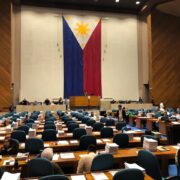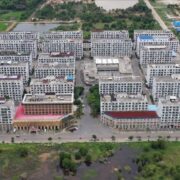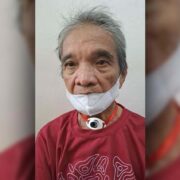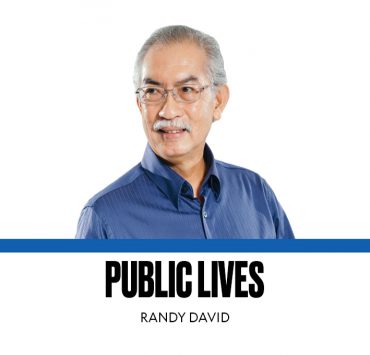Keep schools as a safe space

Schools are supposed to be a safe space for students and teachers, but several incidents this month have called attention to how violence has seeped into campuses.
On Aug. 4, a 34-year-old teacher at Balabagan Trade School in Lanao del Sur was fatally shot just outside the school grounds. The gunman, a Grade 11 student who received a failing grade from the teacher, later turned himself in to authorities.
On Aug. 7, an 18-year-old student from the Santa Rosa Integrated School in Nueva Ecija shot his ex-girlfriend, 15 years old, before turning the gun on himself. The female student died a few days later.
That these young students have access to firearms is alarming. At the same time, these violent incidents are also a symptom of underlying mental health and social issues that both the government and community should not ignore.
There have been warnings, particularly during the COVID-19 pandemic, about how lockdowns and isolation during that period increased the stress, anxiety, and depression among students. Young people’s exposure to violent forms of media and access to deadly weapons only exacerbated the problem.
Sen. Sherwin Gatchalian, who previously chaired the Senate committee on basic education, has earlier pointed to the worsening youth violence in schools, specifically on how “students are capable of committing [violence] at a young age.”
“Bullying capital of the world”
Aside from gun-related incidents, bullying cases in schools have been on the rise, earning the Philippines the ignominy of being the “bullying capital of the world.”
On Aug. 10, a 9-year-old Grade 3 student at Maria Cristina Falls Elementary School in Iligan City was assaulted by five high school students.
Earlier this year, two students were stabbed outside Rizal High School in Pasig City during an altercation between Grade 7 and Grade 10 learners. In Iloilo City, two students were stabbed in another brawl, while in Marikina, two female elementary students were also stabbed—in the face—inside their school premises.
In January, the Second Congressional Commission on Education’s (Edcom II) Year Two report stated that bullying “continues to be a silent and persistent issue in basic education.” It cited the 2018 Programme for International Student Assessment (Pisa), which revealed that 65 percent of Grade 10 students in the Philippines experienced bullying a “few times” a month, the highest among all participating countries. Though there was a slight decline in the 2022 Pisa, one in three students still faced weekly bullying.
Guidance and counseling
On Aug. 8, the Department of Education (DepEd) issued a memorandum reminding schools to strictly enforce security protocols, including inspections of belongings, increased visibility of security personnel, controlled entry and exit points, and the prohibition of firearms. The department further ordered school officials to strengthen reporting mechanisms for cases of child abuse, bullying, and other forms of violence, as well as provide mental health programs and psychosocial support.
President Marcos was also bothered by the violent incidents and directed the DepEd, the Department of the Interior and Local Government, and the Philippine National Police to take immediate action. The Palace has noted the urgency, considering that the crimes involve minors and raise concerns about their mental well-being.
These violent incidents, as the Alliance of Concerned Teachers said, are symptoms of a deep-rooted social and cultural crisis that has normalized violence, trivialized injustice, and dulled compassion. It suggested integrating peace and justice education into the curriculum and expanding guidance and counseling services—a measure that mental health advocates have long called for. It also proposed providing platforms where students and teachers could hold regular discussions on social issues and address grievances.
Landmark measure
Among these measures, ensuring that there is an available counseling service and an avenue for dialogue are the most significant because they could provide those with mental health issues an environment where they won’t feel isolated or misunderstood.
There should also be faster resolution of bullying cases that “moved at a glacial pace,” per Edcom II, with only 38 out of 339 of the reported cases getting resolved between November 2022 and July 2024, based on data from DepEd’s Learner Rights and Protection Office.
The government must also ensure that it funds the Basic Education Mental Health and Well-Being Promotion Act, a landmark measure that the President signed in December, which creates plantilla positions for school counselors.
School violence is no trivial matter because what happens inside campuses could escalate into a bigger social problem. Schools are not merely institutions for academic learning, but they also instill values and shape young generations—the way they think and behave. We should keep them as a peaceful and safe space.

















